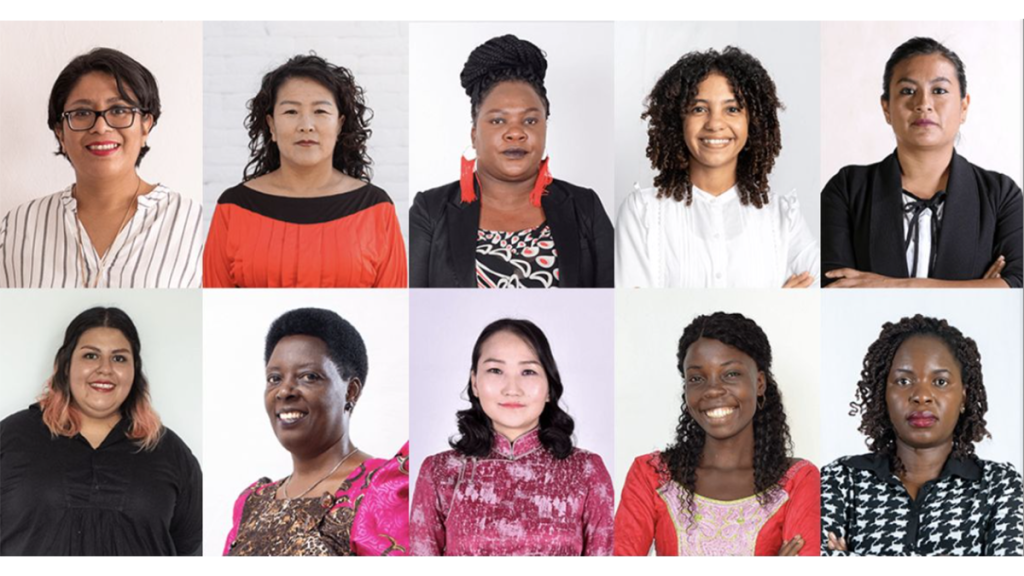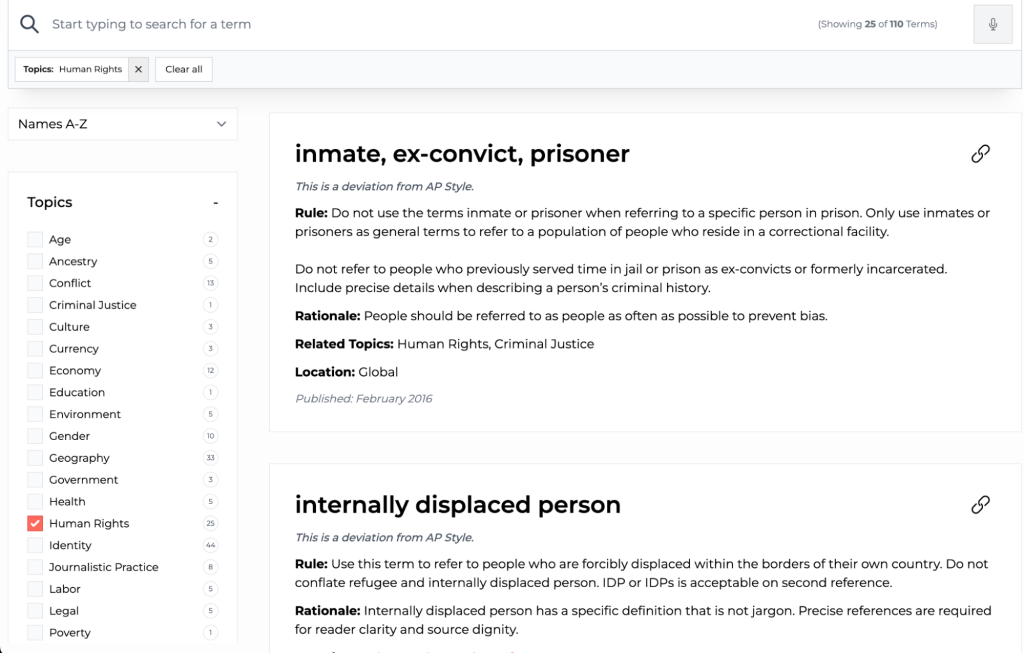
Global Press reporters
How the Global Press Style Guide came to be
And the plugin we are building to make it more accessible to journalists
Global Press, an international news organization that trains and employs local women journalists in some of the world’s least-covered places, did not always have its own style guide. Like most news publications, the reporters at this 17-year-old news outlet relied on the Associated Press Stylebook — until a 2012 story from a Kenyan reporter highlighted the need to rethink how news organizations describe people and places around the world.
The story was about Kenyan farmers. In the final stage of the editing process, a U.S.-based copy editor sought to add a bit of context to the story. She added that the farmer in the lead was “among the poorest of the poor” because he lived on less than $1.25 a day, citing the World Bank standard for extreme poverty at the time.
When the reporter did a final review of the story, as Global Press Journal reporters always do, the line jumped out to her. It was true that the farmer lived on less than $1.25 per day, but it wasn’t accurate that he was among the world’s poorest people. The farmer, after all, lived in a largely cashless society. So the World Bank figure didn’t accurately represent him.
The reporter flagged the issue, which set off a series of transformational conversations across Global Press. In those conversations we realized we needed to rethink the common vocabulary journalists use to describe people and places around the world.
“The reporter’s reaction to the inserted phrase, ‘the poorest of the poor,’ was swift and negative,” says Global Press’ founder and CEO, Cristi Hegranes. “The whole incident underscored the value of local reporting by local journalists, which is the premise that Global Press was built upon. Local journalists have proximity and access to tell stories outside of the common victim/disaster context.”
At Global Press, we believe that sources have the right to recognize themselves in stories, which requires us to deeply interrogate the words and phrases we use. Would the Kenyan farmer recognize himself as being among the poorest of the poor? Likely not. The story described the crops and livestock he owned. And mentioned that his children all attended private school.
“It became clear that Global Press had the opportunity to lead the way by creating a free, accessible guide that offered clear guidance on problematic and often colonial vocabulary that commonly appears in international news stories,” Hegranes said.

The Global Press Style Guide
The guide is rooted in the balance of two values — dignity and precision.
Each entry is crafted with the assistance of Global Press Journal reporters and editors who live and work in the communities they cover. The Global Press Style Guide is available in English, Spanish and, later this year, French.
Our RJI Fellowship project
And now, with the RJI Fellowship, Global Press will be creating a browser plugin to help journalists use the Global Press Style Guide in a more innovative and interactive way. This browser extension will be an easily accessible tool for journalists and writers to use as they are writing their stories, captions or other news information.
As we build this plugin, we will also create a toolkit that will guide news organizations and journalists in building their own plugin for their style guides. It will not only cover the technical requirements for building a browser extension, but also the product planning and programming process. We will document and share the steps needed to build a browser extension, including research, usability, and collecting metrics that will funnel back to improving the entire style guide user experience.
